Once on a trip across the country, my plane was flying across a cloudless sky. Up ahead I could see a flat layer of clouds. From a distance, the clouds looked like someone had unrolled a carpet in the sky. The cloud was one, single blanket that abruptly started and continued for miles.
However, as we passed over the layer, it became clear that there was no fixed border for the clouds. In fact, the edge became porous, and thinned as it moved outward. Each portion of the fringe had a sculpted look that resembled the main border. The edge was expressing self-similarity.
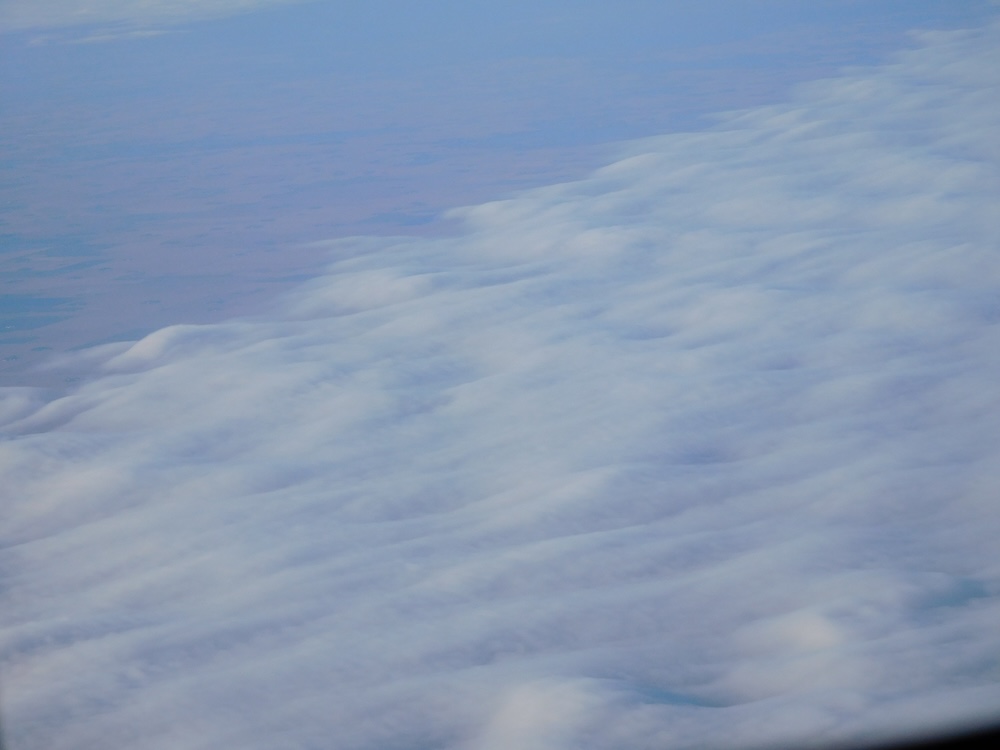
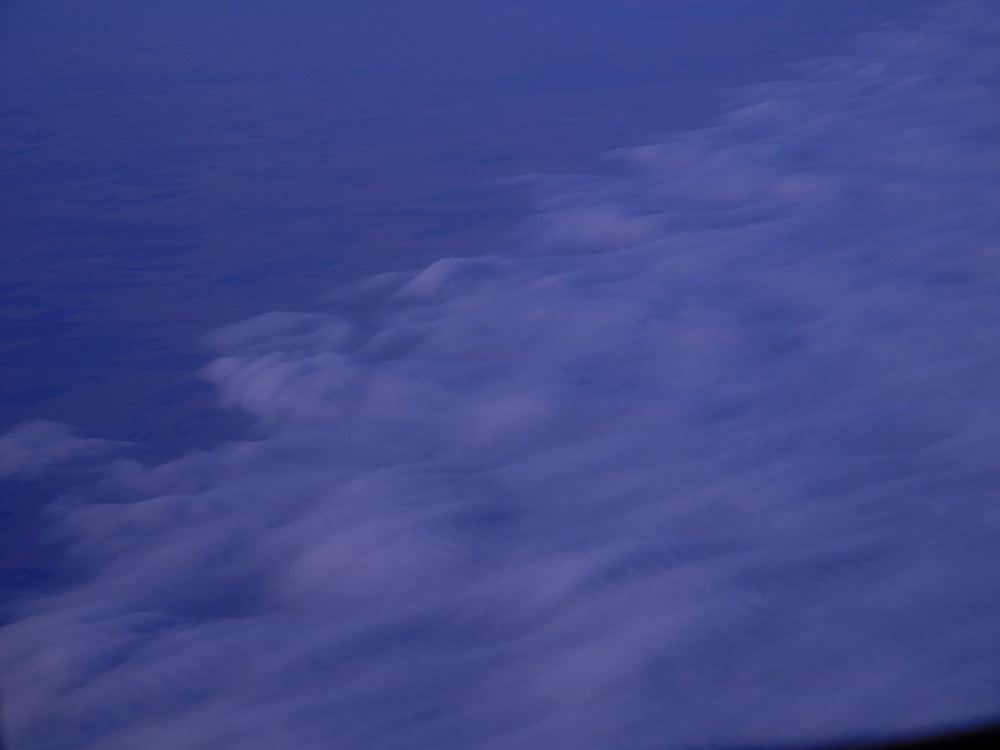
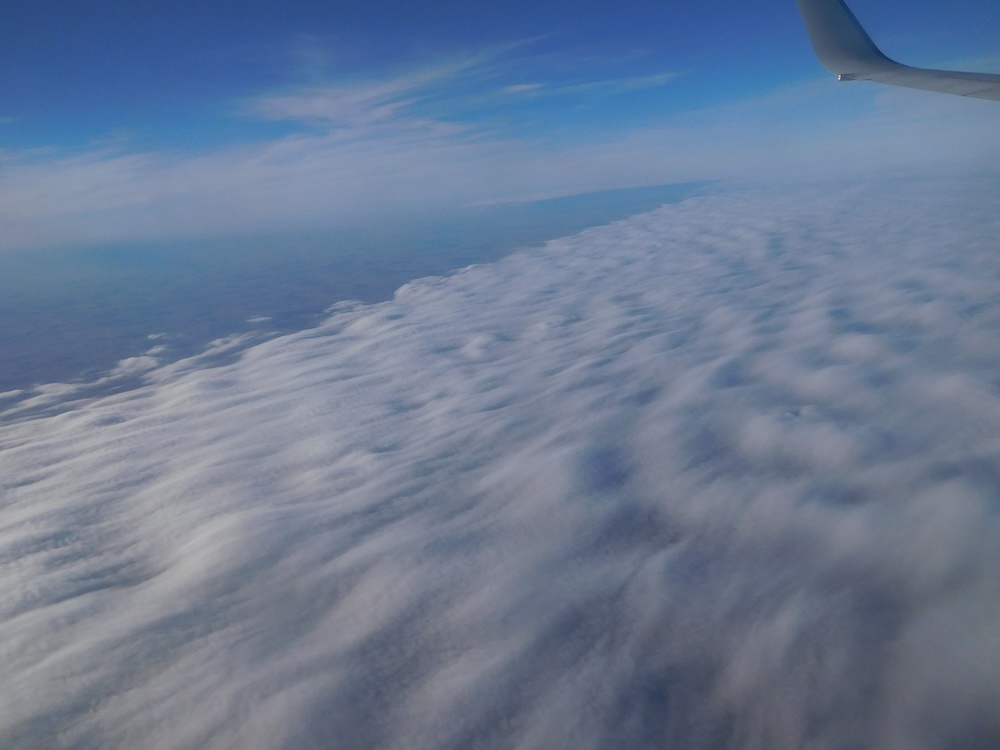
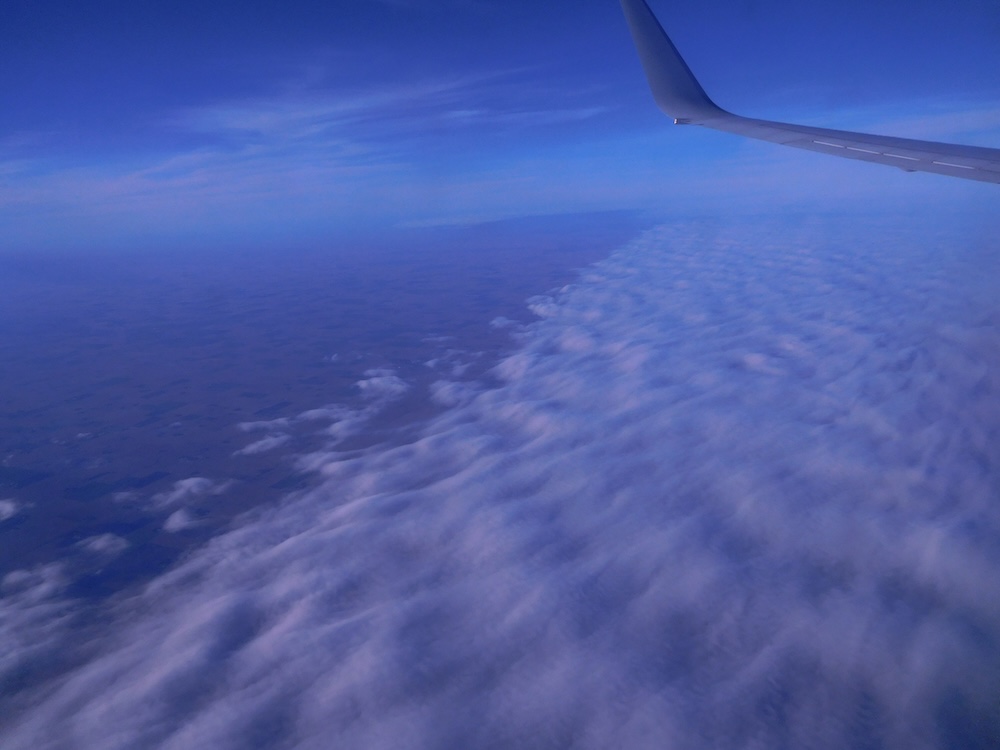
Nature’s boundaries are fractal. Wherever you see two natural objects meet, you will find fractals. Something as simple as the boundary of a tree is fractal. What is the tree connected to? Just as a cloud borders the air, so does a tree. The bark is a fractal as well as the branches and the leaves.
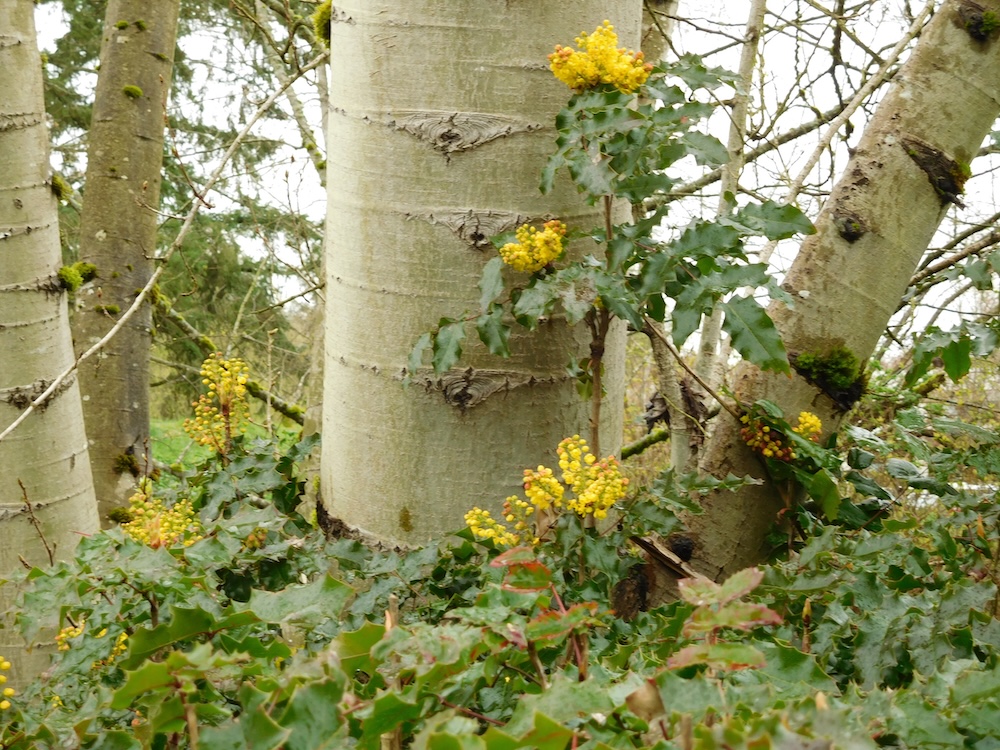
A river bank is fractal. Water of every variety, when bordering the land will produce fractals. Likewise, the surface of water is fractal.
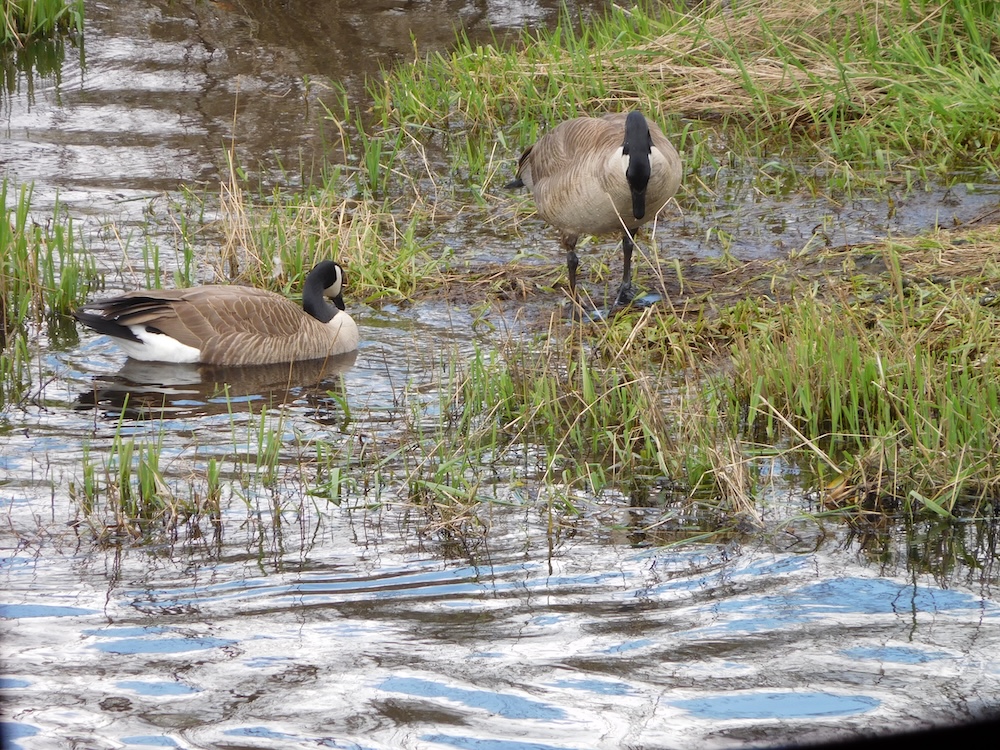
In the photo above, the water surface is fractal, the grass is fractal and even the goose feathers are fractal.
Intuitively, we know that Nature is fractal. It is what makes something look natural.
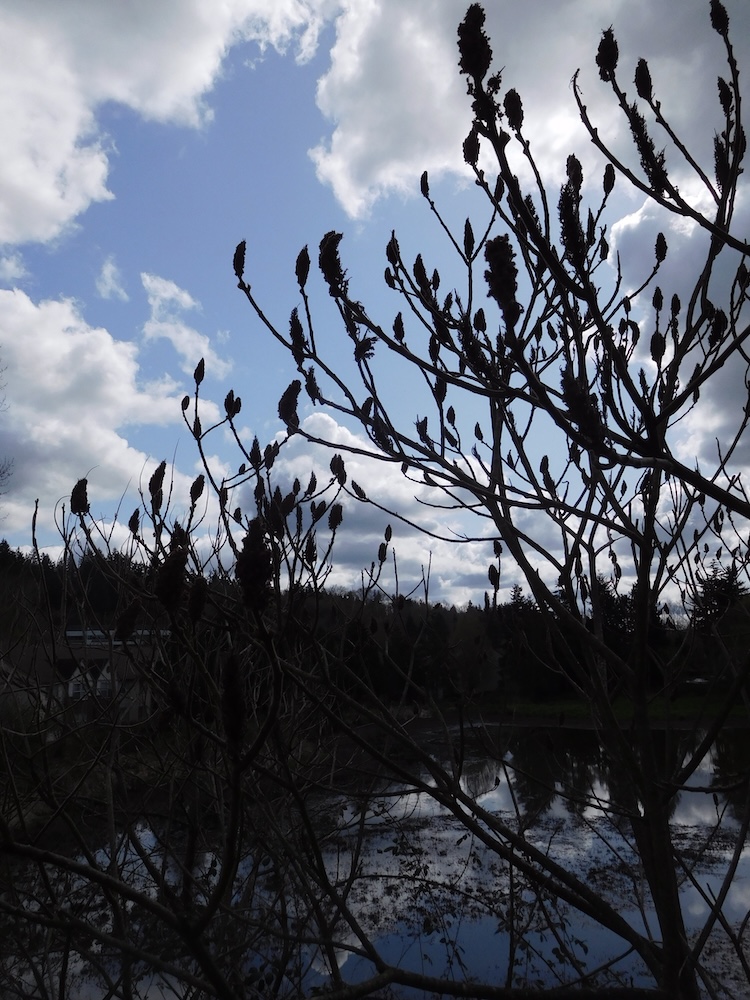
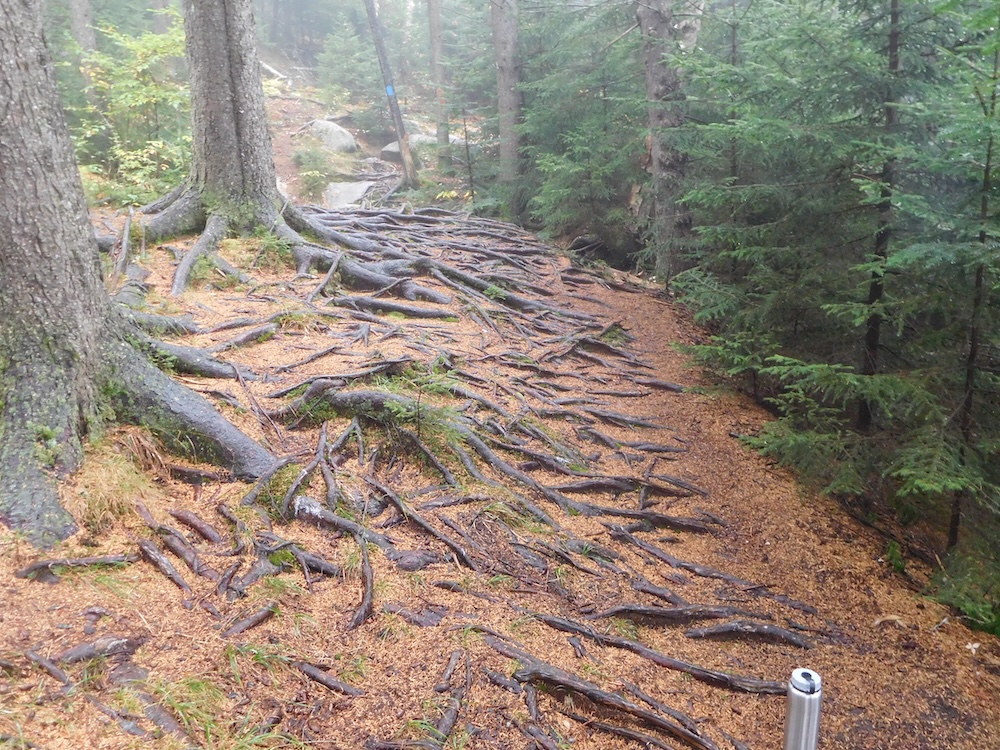
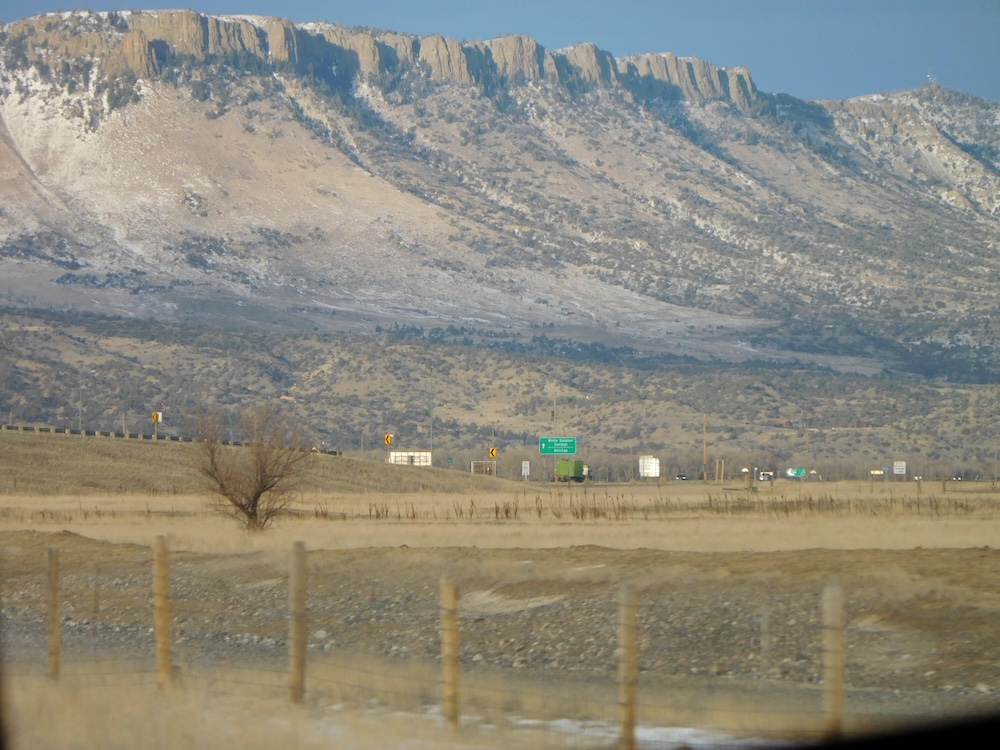
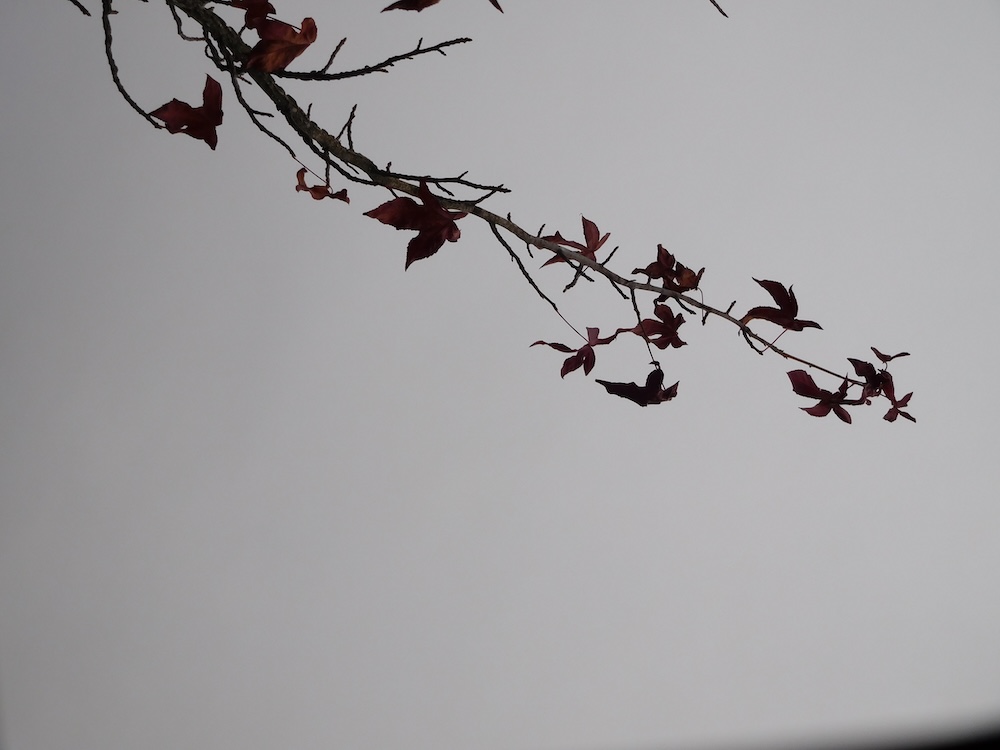
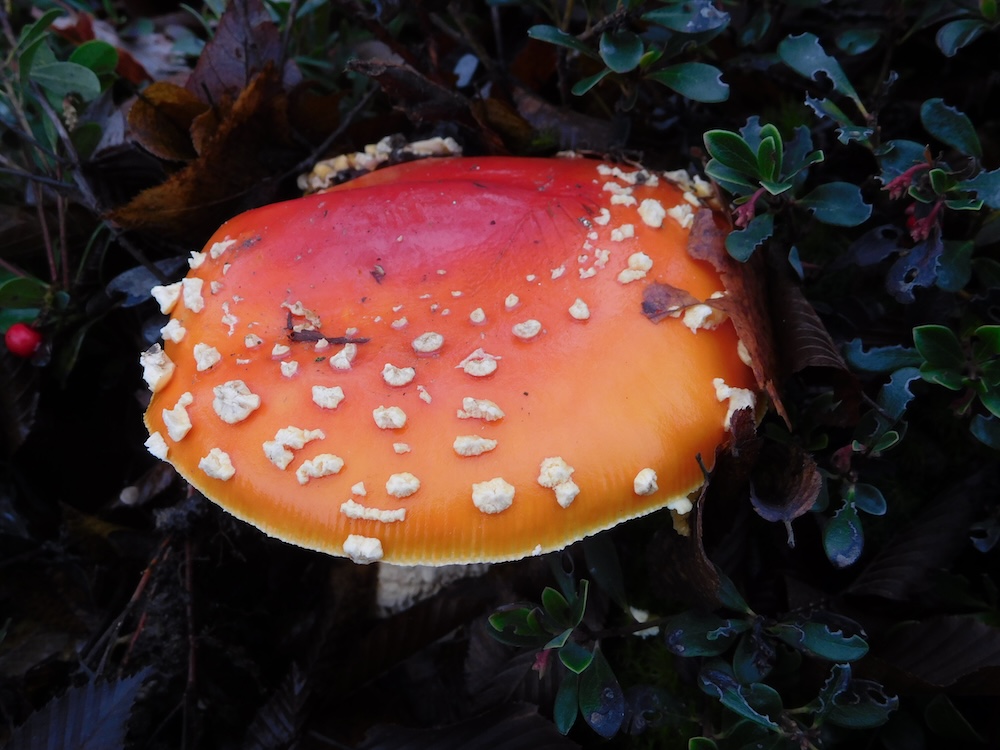
A human body’s exterior is fractal. The hair, certainly, but also the skin, with its fractal layering of cells. Any connection between water and earth will be fractal.
Even the atmosphere, bordering space itself, seems to be fractal.
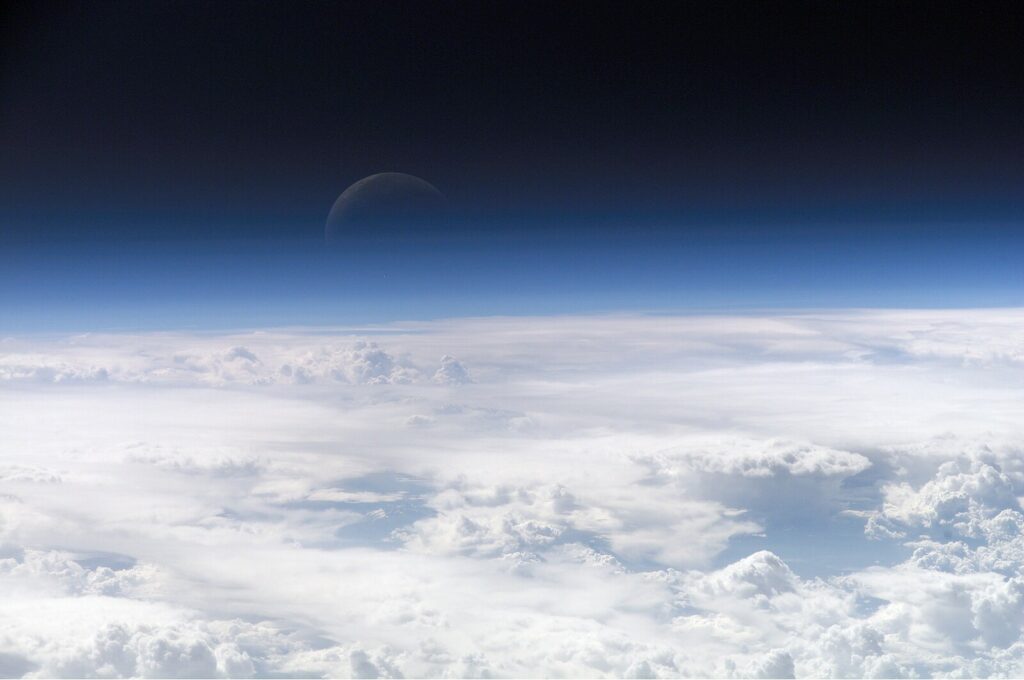
Every border that I have shown has its own reasons to behave in a fractal manner. Tree bark is not the same as the edge of Earth’s atmosphere, yet we can see that self-similarity plays a role.